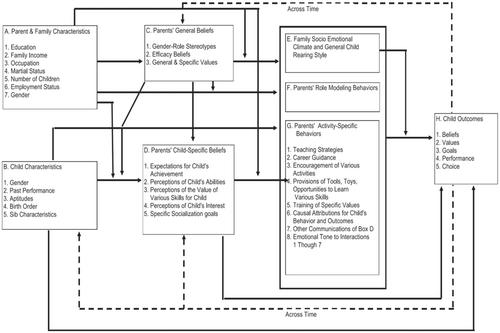Exploring fundamental engineering course instructors' test usage beliefs and behaviors: A multicase study
Abstract
Background
Tests are commonly and heavily used in fundamental engineering courses (FECs) to assess student learning of concepts. With existing literature presenting mixed benefits and disadvantages of testing to students' motivation to learn and documenting widely alternative assessments, the lack of questioning of heavy and common test usage must be addressed to diversify classroom assessment and promote intentionality in test usage.
Purpose/Hypothesis
This study begins to address the lack of questioning by exploring and uncovering test usage beliefs and behaviors of seven FEC instructors from two engineering departments in a land-grant, public, Research 1 university
Design/Method
Grounded in the Situated Expectancy–Value Theory (SEVT), we conducted a multicase study. Data include two interviews, course syllabi, and sample tests provided by the participants, and public documents from the institution and departments. We conducted a priori and emergent coding and thematic analysis to identify the beliefs and behaviors before developing individual case summaries for cross-case analysis to identify groupings.
Results
Three test usage groups emerged: enthusiastic, default, and questioning. All test usage groups featured tests heavily in their FECs, resulting in varying alignment between these participants' test usage beliefs and behaviors.
Conclusions
Our findings reveal the various factors that can shape FEC instructors' test usage beliefs and behaviors, and the complexity in terms of alignment. This work lays important implications, including laying the foundations for future scholarship on testing in engineering education research and leveraging findings to begin efforts in diversifying assessment approaches and promoting intentional test usage in FECs.


 求助内容:
求助内容: 应助结果提醒方式:
应助结果提醒方式:


